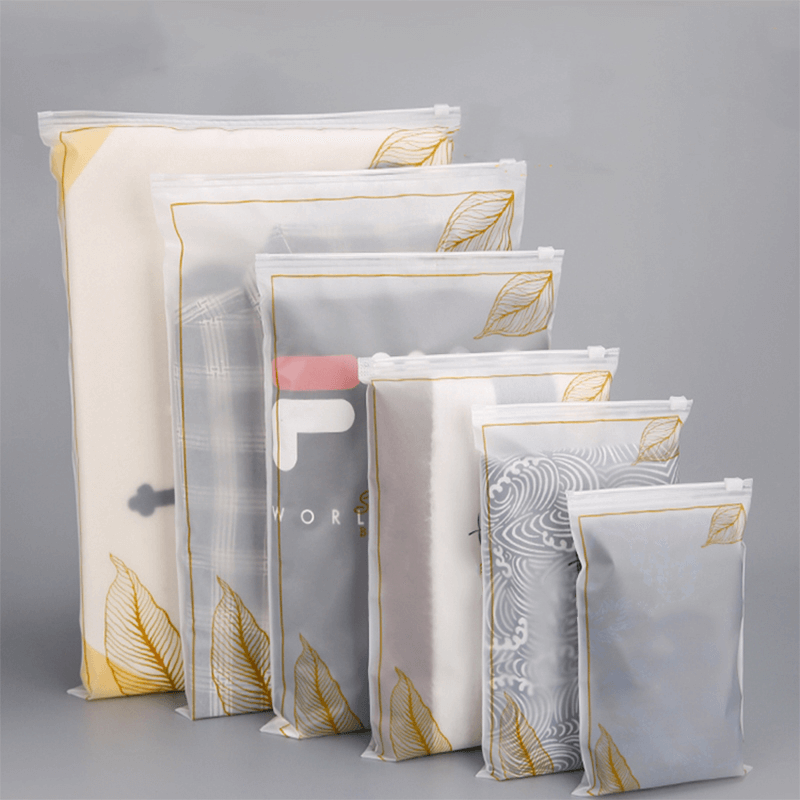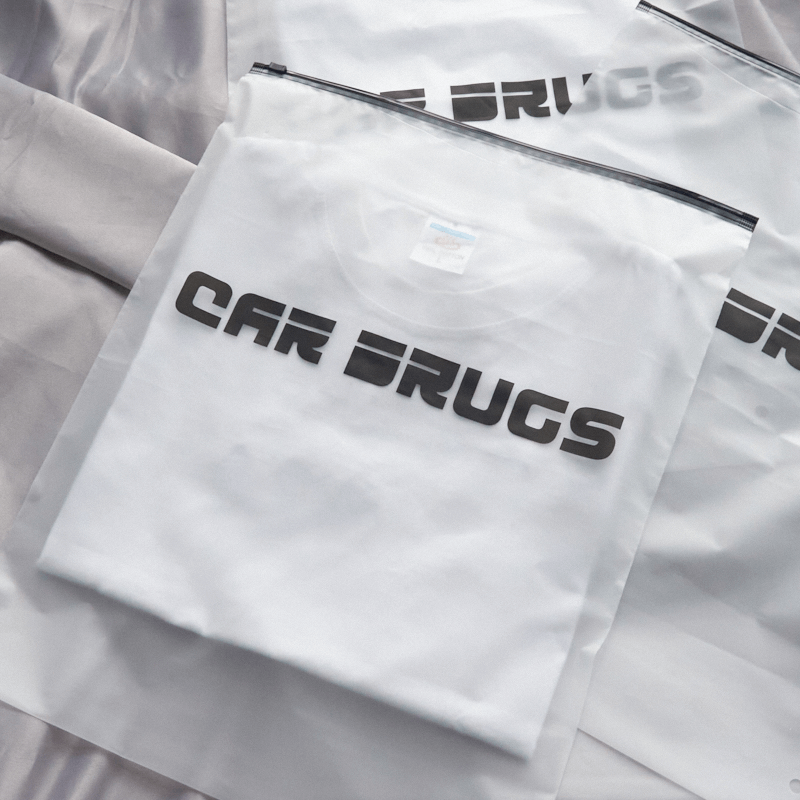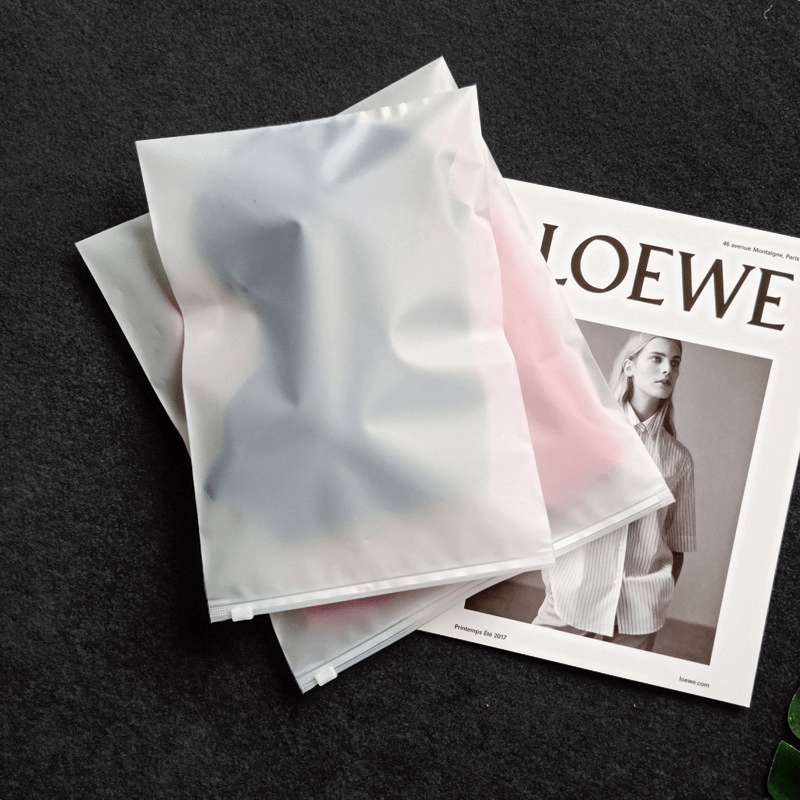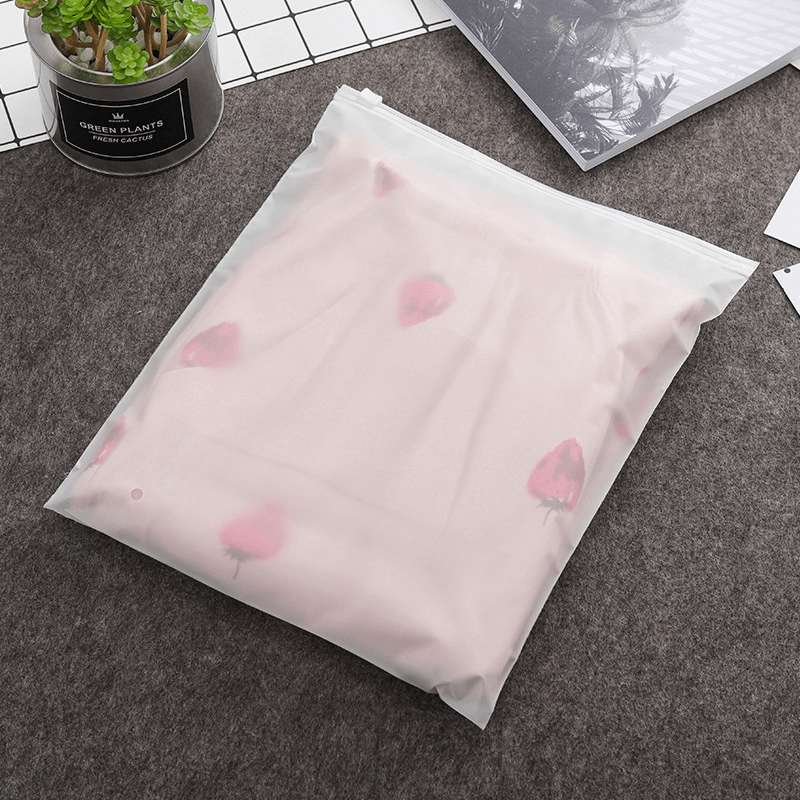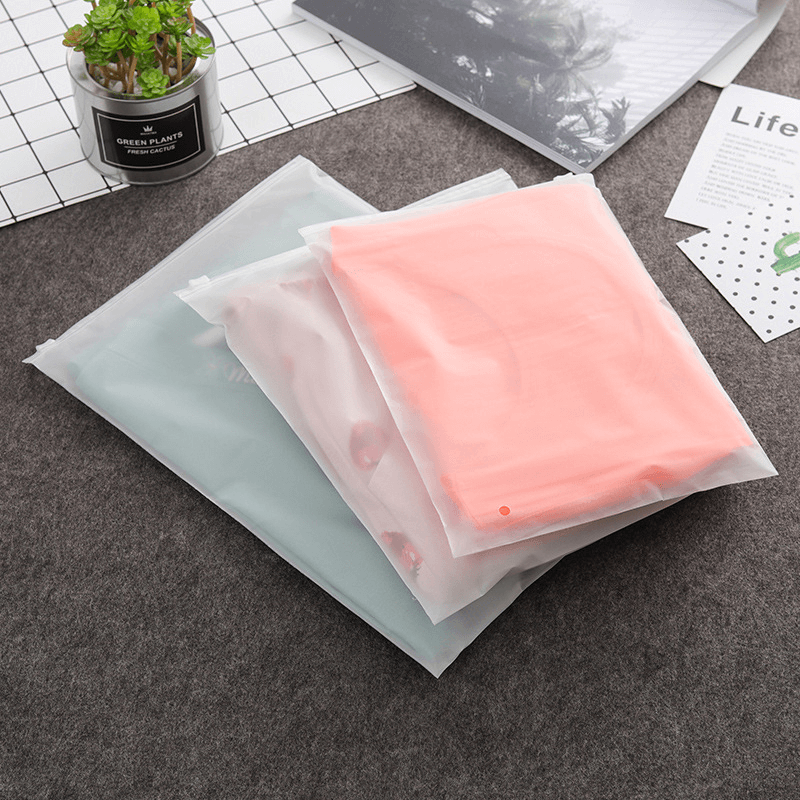Many times we only know that there is such a kind of clothing bag, but we don’t know what material it is made of, what equipment it is made of, and we don’t know that different clothing bags have different characteristics. Garment bags of different materials are placed in front of us. Some people may think that they are the same transparent garment bags. They only know that they are transparent garment bags. Some people do not know what material each transparent garment bag is, let alone What are the types of materials. Next, let’s take a look at the commonly used materials for garment bags with Ok Packaging, a professional flexible packaging manufacturer.
1. CPE, the garment bags made of this material have good hardness, but the softness performance is relatively average. Generally speaking, from the surface layer, it presents a matte appearance with a frosted effect. The main It is the load-bearing performance. The load-bearing performance of the garment bag itself made of CPE material is very objective. The pattern displayed by printing is relatively clear, acid and alkali resistant, and resistant to many organic solvents. The insulation performance of the material itself is also very good, and it can still maintain a certain degree of toughness at relatively low temperatures.
2. PE, the garment bag made of this material is different from CPE. This kind of garment bag itself has good softness and the surface gloss is very bright. Speaking of its load-bearing performance, its own load-bearing The ability is higher than CPE, and it has good adhesion to printing ink, and the printed pattern is clearer, and it has the same effect of acid, alkali and organic solvent resistance as CPE.
The characteristics of PE are: cheap, tasteless, and reusable. Packaging bags made of PE as the material of clothing packaging bags are more suitable for packaging of clothing, children’s clothing, accessories, daily necessities, supermarket shopping, etc., and the colorful patterns displayed by printing are suitable for various product packaging in shopping malls and major stores Being able to effectively show the charm of packaging can not only beautify the product but also increase the value of the product.
3. Non-woven fabric The characteristics of non-woven fabric are: environmental protection, strong and reusable. Non-woven fabrics are called non-woven fabrics, which are composed of oriented or random fibers. It is called cloth because of its appearance and certain properties.
Non-woven fabrics have the characteristics of moisture-proof, breathable, flexible, light weight, non-combustible, easy to decompose, non-toxic and non-irritating, rich in color, low in price, and recyclable. For example, polypropylene (pp material) pellets are mostly used as raw materials, which are produced by continuous one-step process of high-temperature melting, spinning, laying, and hot-pressing coiling.
Post time: Nov-26-2022

